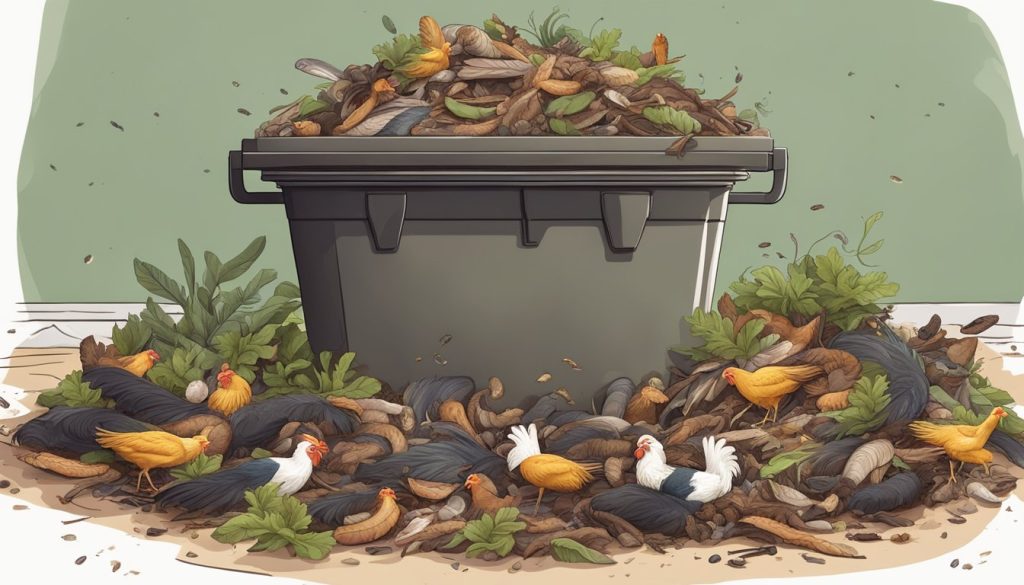Often overlooked, chicken feathers are a valuable compost resource. With proper composting techniques, these byproducts of poultry farming can be transformed into nutrient-rich soil amendments. Chicken feathers can indeed be composted, providing an environmentally friendly solution to feather disposal while improving soil fertility.

Chicken feather composting has many benefits for sustainable agriculture. Chicken feathers are rich in nitrogen, which is a key element for plant growth. As they decompose, chicken feathers slowly release nitrogen, creating a long-lasting fertilizer effect. This process also helps reduce waste and supports a circular economy in poultry farming.
To successfully compost chicken feathers, they should be mixed with other organic materials to achieve the proper balance of carbon and nitrogen. Proper humidity and regular ventilation are essential for effective decomposition. While feathers may take longer to decompose than some other composting materials, the resulting compost can significantly improve soil structure and nutrient content.
Raw materials preparation:
Chicken feathers are the feathers on the outside of a chicken, accounting for 7.6% to 8.6% of the chicken’s body weight. During the processing process, sludge rich in organic matter and sewage is produced. These chicken feathers can be cleaned and screened and collected as fermentation raw materials.
Fermentation process:
Composting and fermentation: Mix chicken feathers with other organic waste (such as livestock and poultry manure, straw, etc.) and perform composting and fermentation through the action of microorganisms.
Composting fermentation can adopt windrow type or trough type aerobic composting process. Trough composting is the recommended method because it can effectively control temperature and humidity and is suitable for large-scale production.

Temperature control: During the fermentation process, the temperature of the pile needs to be maintained between 55-60℃ to ensure the activity of microorganisms and the decomposition efficiency of organic matter. The initial fermentation temperature is usually around 16°C, which rises to above 60°C after several hours and is maintained at this temperature for 7-10 days to meet the harmless treatment standards.
Compost turning management: In order to promote oxygen circulation in the pile, the pile needs to be turned regularly, usually once every 2-3 days, to ensure the microbial activity and oxygen supply inside the pile.
Additives used:
During the fermentation process, an appropriate amount of fermentation bacteria or microbial preparations (such as EM4 bacterial solution) can be added to accelerate the decomposition and composting process of organic matter. These additives help increase fermentation efficiency, shorten fermentation cycles, and improve the quality of the final product.
Post-processing and packaging:
After fermentation is completed, the compost needs to go through screening, crushing and other processes to reach a particle size suitable for agricultural use. It can then be packaged and made into granular or powdered organic fertilizer for easy storage and transportation.
Environmental protection and resource utilization:
Through the above method, chicken feathers can not only be converted into high-quality organic fertilizer, but also achieve the recycling of resources and reduce environmental pollution. This method meets environmental protection requirements while increasing the added value of organic fertilizer.
For more details, please feel free to contact us.
Henan Lane Heavy Industry Machinery Technology Co., Ltd.
Email: sales2@lanesvc.com
Contact number: +86 15515885328
Whatsapp: +86 15515885328